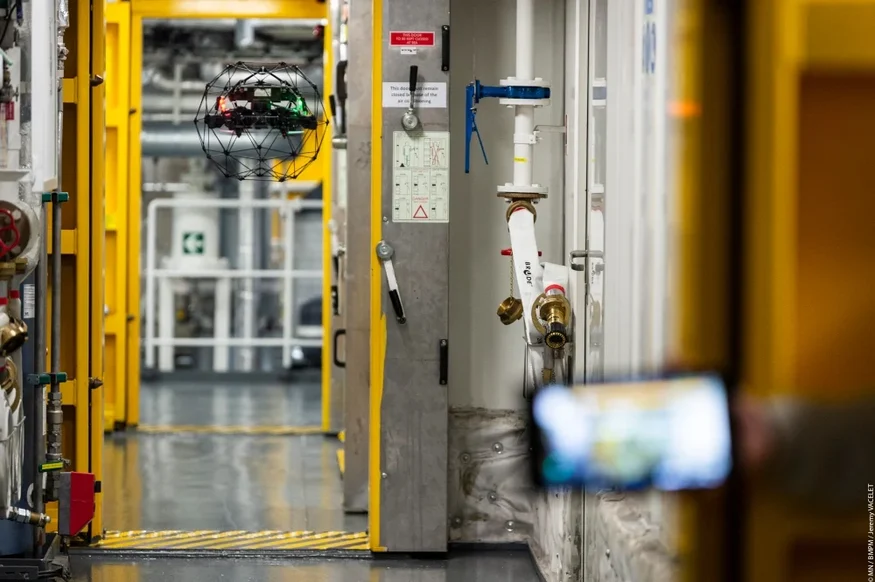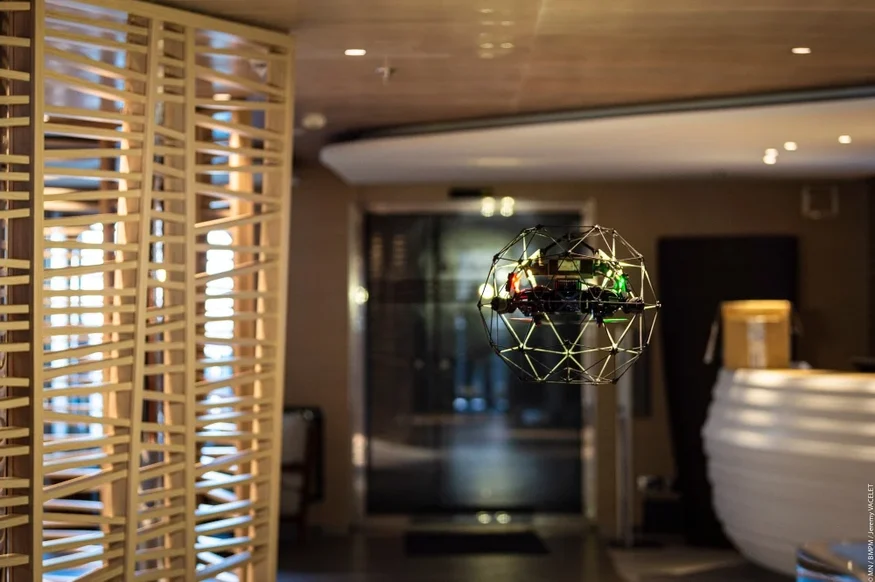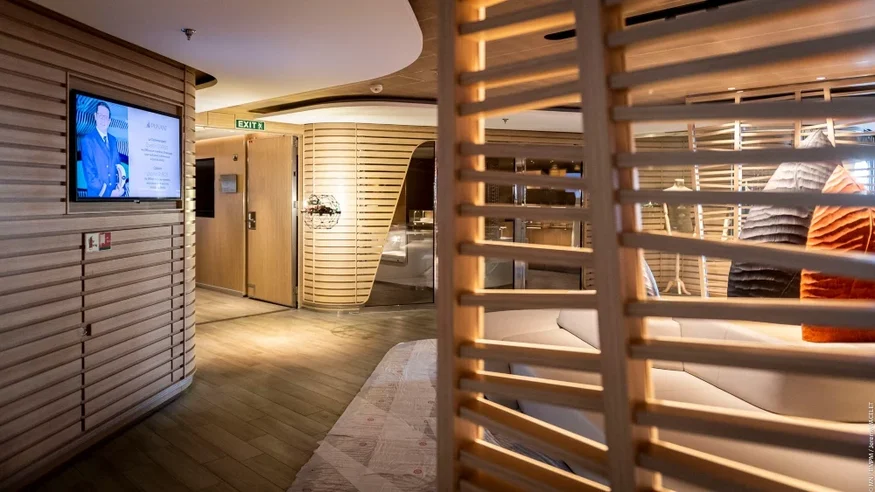Marine Firefighters in Marseille Test Elios 2 for Ship Rescue Operations
The Marine Firefighters of Marseille recently put the Elios 2 to the test, evaluating its potential for investigating accidents and preparing for rescues on boats. This innovative drone has the potential to provide crucial visual data before firefighters board distressed vessels, improving both safety and operational efficiency.
Key Benefits at a Glance
|
Safety By collecting visual and locational data before entering a ship, firefighters can better assess the situation and improve operational safety, minimizing risks for personnel. |
Performance Flying indoors presents unique challenges, such as maintaining signal strength and avoiding collisions. The Elios 2 surpassed expectations, excelling in both areas. |
Access The Elios 2's design allows it to navigate tight spaces and access every area of a ship, providing comprehensive visual data for decision-making. |
Introduction
When responding to calls for assistance from distressed boats, the Marine Firefighters of Marseille often face limited information about the ship’s interior. They must quickly decide whether to board the vessel to rescue those in need and mitigate any hazards. Understanding where to focus their efforts is critical in these high-stakes situations.
Customer Needs
Currently, the firefighters rely on two outdoor drones to gather information from outside distressed ships. However, they lack adequate visual data for the majority of the ship's interior. To enhance safety and situational awareness, they sought to test an indoor drone on a real vessel, aiming to livestream visual data while keeping personnel safely offboard.

This remote assessment capability is essential for identifying potential dangers and prioritizing rescue efforts. By making these decisions remotely, firefighters can reduce their exposure to hazardous environments, ensuring greater safety for themselves and those they aim to rescue.
During the drone evaluation, the firefighters focused on four key aspects:
- Signal strength: Can the drone maintain connectivity deep within the ship?
- Stability: Is the drone steady and reliable in complex environments?
- Collision tolerance: How does the drone handle impacts with obstacles?
- Battery life: Is the battery sufficient for extended missions?
Solution
In their search for a suitable indoor drone, the firefighters selected Flyability’s Elios 2. Its protective cage enables it to collide with obstacles without damage, making it ideal for navigating tight, confined spaces. The Elios 2 was put to the test aboard a cruise ship designed to accommodate up to 181 passengers.

This vessel provided a realistic simulation of the challenging indoor environments the firefighters typically encounter. With nine decks (including five cabin decks) and two engine rooms, the ship measured 429 feet (131 meters) long and 59 feet (18 meters) wide. It offered a perfect setting to evaluate the drone's capabilities.
Results
The Elios 2 proved successful in all areas of the test. A pilot stationed outside the cruise ship guided the drone through its entirety, capturing visual data on various sections. Below is a summary of its performance in relation to the firefighters' key concerns:
1. Signal Strength
Lower decks: Signal strength remained strong even on the lowest deck, allowing the pilot to explore one full engine room and part of the corridor. Connectivity was maintained even when passing through two decks underwater. The only issue arose when a watertight door blocked the signal, but this distance was more than adequate for the firefighters’ purposes.
Passenger decks: As expected, the signal was stronger on the upper decks. From outside the ship, the pilot was able to inspect two full passenger decks across three levels. Occasionally, the signal weakened slightly, prompting the pilot to move a few feet along the ship to strengthen it.
2. Stability
Throughout the test flights, the Elios 2 demonstrated exceptional stability. Even in the complex engine rooms filled with obstacles, the drone maintained control and met the firefighters’ expectations.

3. Collision Tolerance
During the test, a mechanic unexpectedly opened a door, creating a powerful draft that sent the drone crashing into a pillar. However, the Elios 2 resumed flying without incident, and no further collisions occurred during the remainder of the test.
4. Battery Life
Battery life was never a concern during the evaluations. Using multiple batteries, the firefighters collected all necessary visual data within the drone’s ten-minute flight time.
[Related read: Is Ten Minutes of Flight Time Enough?]
Conclusion
From the perspective of the Marine Firefighters of Marseille, the Elios 2 trial was a resounding success. The lower decks were the most critical area for testing, and the drone performed admirably there, gathering valuable visual and locational data to support future marine firefighting missions.
Now, the firefighters are considering how best to integrate this technology into their operations. While the decision is still pending, it’s clear that drones like the Elios 2 have immense potential to transform ship rescue protocols, enhancing both safety and effectiveness.
Catalyst Tube,Reformer Tube,Steam Reforming Tube,Centrifugal Casting Reformer Tube
Tuopu Industry(Jiangsu) Co., Ltd. , https://www.tuopu-industry.com